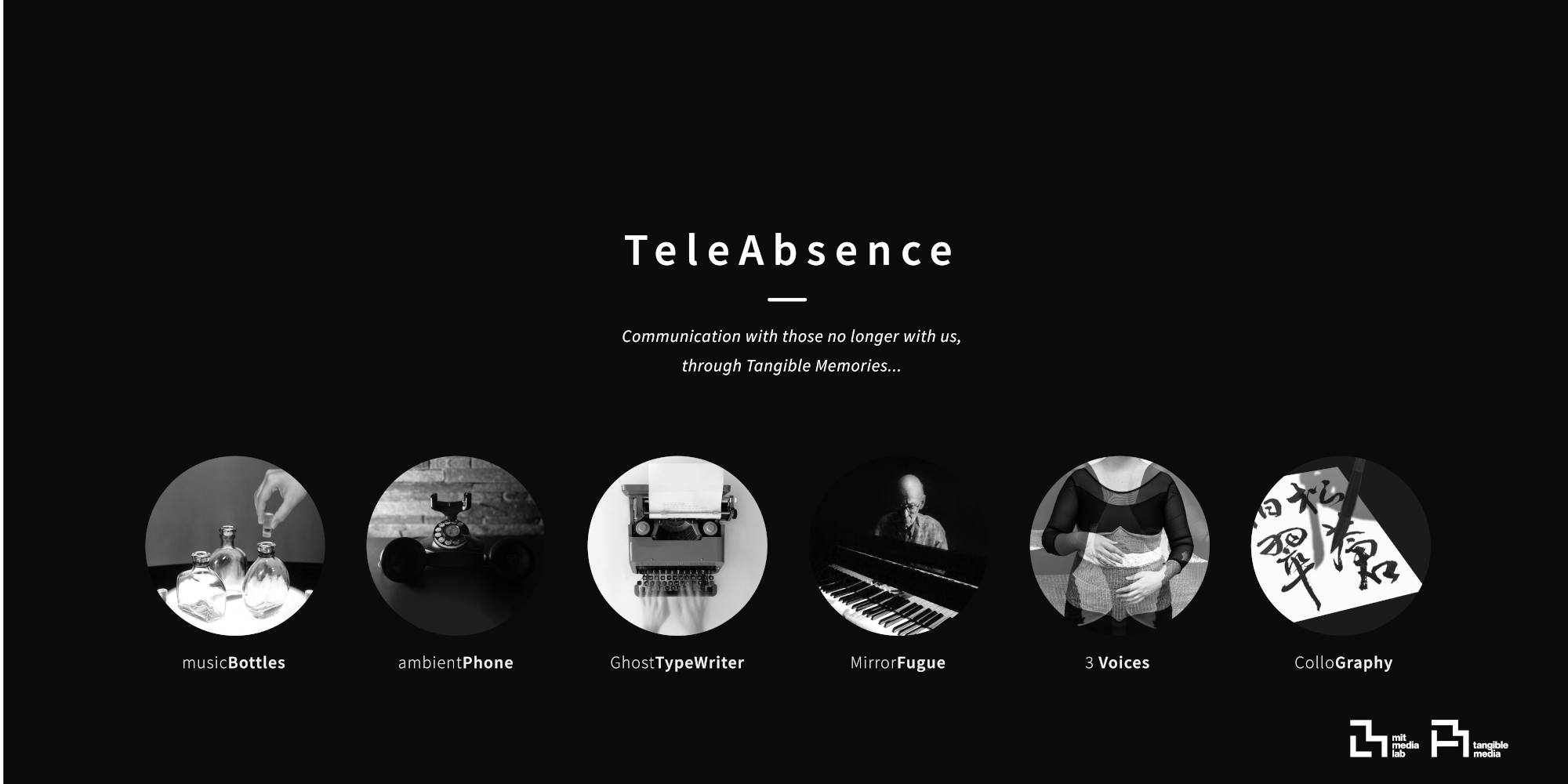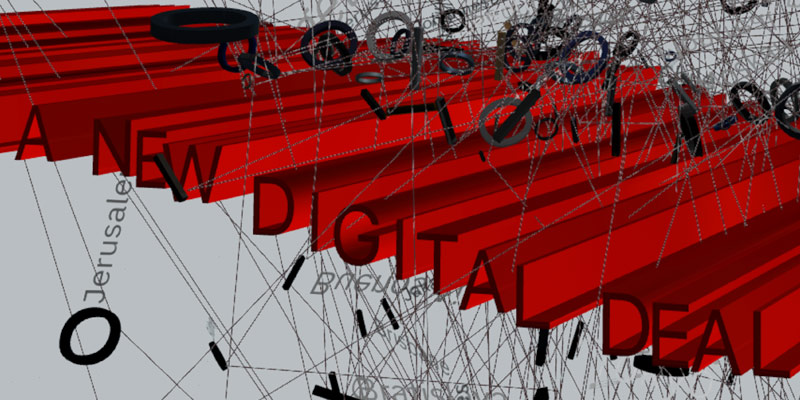Communication with those no longer among us through Tangible Memories
Presence and absence are fundamental states of being for mortal humans: to be present is to be close, and being absent means something is far away or lost. We propose TeleAbsence as a counter concept to Telepresence. The purpose of Telepresence is to connect people who are alive. TeleAbsence, on the other hand, aims to create illusory communication channels with those no longer among us to soothe the pain of bereavement. TeleAbsence is designed around tangible objects such as old typewriters, telephones, brushes and pianos that were once touched and marked by the hand of a loved one. With the outbreak of the COVID-19 pandemic in December 2019, Telepresence became the lifeline for our everyday life and work, by connecting people who were spatially and temporally separated, but still within reach. Its main premise is that a message’s recipient is alive and conscious in order to respond to a sender’s message. TeleAbsence, our speculative design project, addresses the issue of the vast emotional distance caused by bereavement and the inability to receive a response from a loved one. Without any direct or explicit response, how can we create the illusion so that a sender would feel that they are communicating and interacting with a departed loved one? Can such illusory communication soothe their „saudade“? These are the fundamental questions for the TeleAbsence project.
Video
Credits
Hiroshi Ishii, Kyung Yun Choi , Cathy Fang, Ozgun Kilic Afsar, Xiao Xiao, Paula Aguilera, Zhipeng Liang, Rebecca Kleinberger, Jonathan Williams









